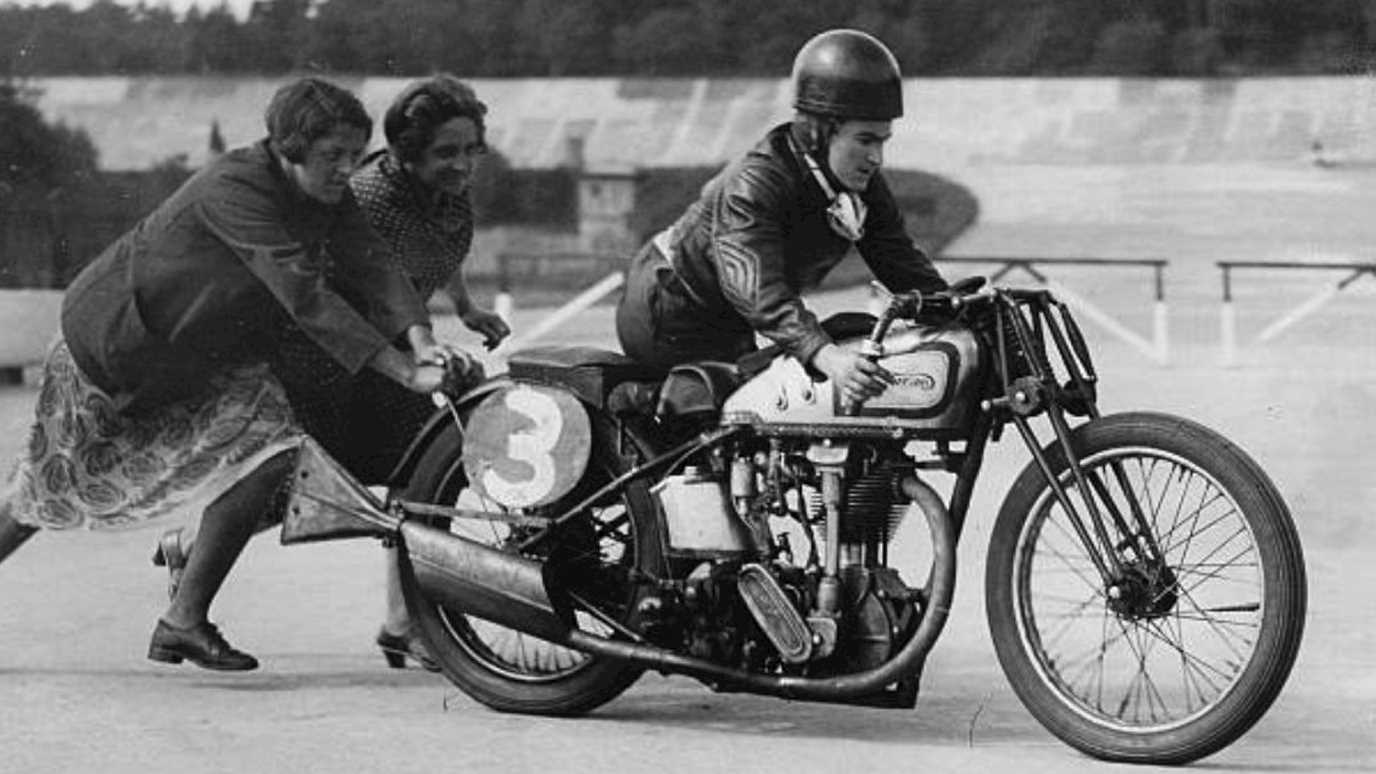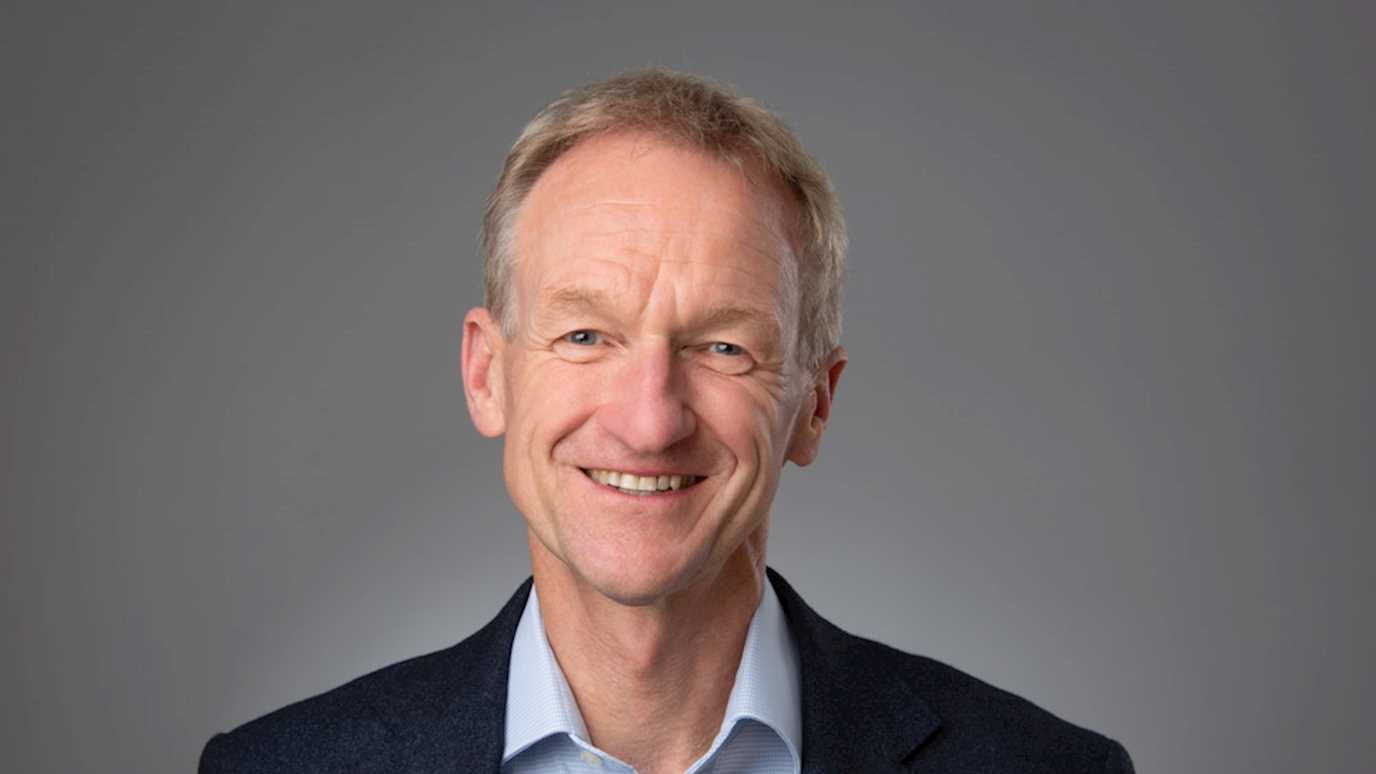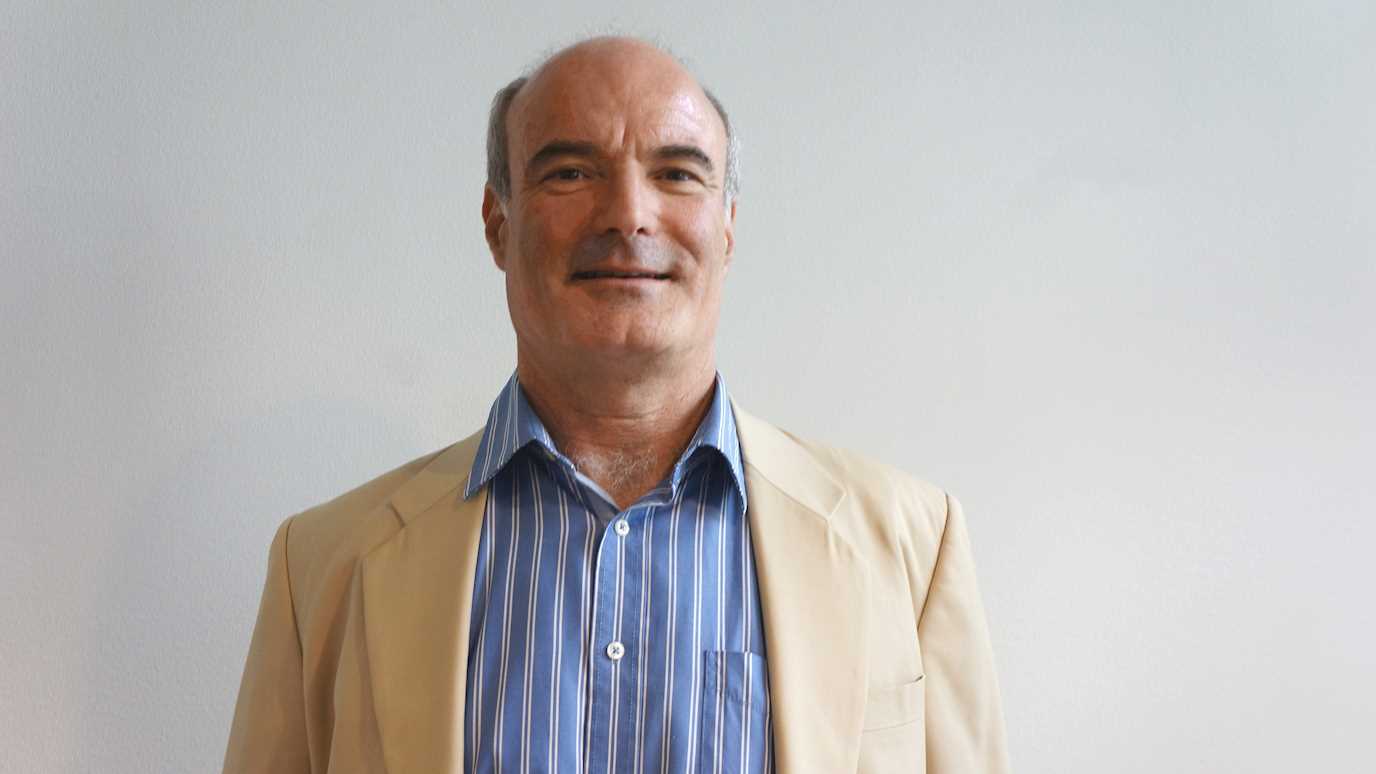Royal Holloway, University of London, has today announced that its new £22m state-of-the-art science building will be named after Beatrice Shilling OBE*, a pioneering engineer whose ingenuity provided a vital modification to British fighter planes in the early stages of the Second World War.

Beatrice Shilling
Students and staff were involved in deciding who the building should be named after, selecting from a choice of four inspirational female scientists.
The Beatrice Shilling Building will open in September this year providing three floors, each with a different function, allowing project-led activities their own space separate from other forms of teaching, research and staff offices. Engaging creativity through working in group-collaborative working spaces are a core design focus throughout the building.
Fittingly the building will be home to a new Department of Electronic Engineering, as Shilling herself held a degree in electrical engineering. Born in Hampshire, Shilling worked at the Royal Aircraft Establishment as an aeronautical engineer and away from work raced motorbikes and cars. Shilling was awarded the Gold Star for lapping the Brooklands circuit in Surrey at 106 miles per hour.
The project received a £5m grant from the Higher Education Funding Council for England (HEFCE) to develop the new science building in order to encourage more female engineers to address the national shortage.
Professor Paul Layzell, Principal of Royal Holloway, University of London, said: “Our new science building pays tribute to a great engineer of the past and will provide the environment and resources for the next generation of scientists and engineers to achieve their goals. It is part of our vision for the long-term future of the university.”
Professor David Howard, head of the electronic engineering department said: “This will be a fantastic new facility designed to inspire young people. Creativity is at the heart of excellent engineering and the electronic engineering department will foster a creative approach to study, learning and research. The inclusion of a ‘field laboratory’ on the roof with solar panels and a wind turbine gives hands-on practical experience with alternative energy generation.”
The new building at a glance
- 3,950sqm 3-storey building
- 268 seat lecture theatre
- 80 seat lecture theatre with interactive bench seating
- Two seminar rooms, one electronics teaching laboratory and one PC laboratory
- A creative learning suite with three adjacent spaces
- A roof-topped field laboratory with solar panels and wind turbine
- Open plan offices for PhD students and academic staff
Construction facts
- Site cleared for construction in spring 2016
- Construction started in January 2017 and will be ready in September 2018
- Awarded 'BREEAM Excellent' at design stage
- 152 piles were set 24 metres deep
- 50 tonnes of reinforcement have gone into the foundations and parts of the structure
- 220 tonne crawler crane was used to erect the main frame which was delivered in 1,200 parts
*Beatrice Shilling (1909 – 1990) was a British electrical engineer and motor racer. Her engineering prowess had a direct impact on the outcome of the Battle of Britain for her retro-modification to the Merlin engine. The Merlin was the engine in both the RAF's Spitfire and Hurricane fighter aircraft, which when nose-diving in a dog fight could cut out, flooding the carburettor and sometimes causing the engine to stall with potentially catastrophic consequences for the pilot and aircraft. Beatrice came up with a fix, the RAE Restrictor which restricted the fuel flow preventing the stall. Of probably greater engineering significance was the fact that the RAE Restrictor could be fitted to aircraft on station without the need for aircraft to come back to the Rolls Royce factory.
In 1929, Shilling was one of the first female engineering undergraduates to enter Victoria University, Manchester. She also held a doctorate from the University of Surrey, was a Chartered Engineer, a member of the Institution of Mechanical Engineers and the Women's Engineering Society.
Shilling raced motorbikes in the 1930s, and, after the war, raced cars. Shilling raced regularly at Brooklands, in Weybridge, where she won the Gold Star for lapping the circuit at 106 mph. Shilling was awarded the OBE in 1947.
























